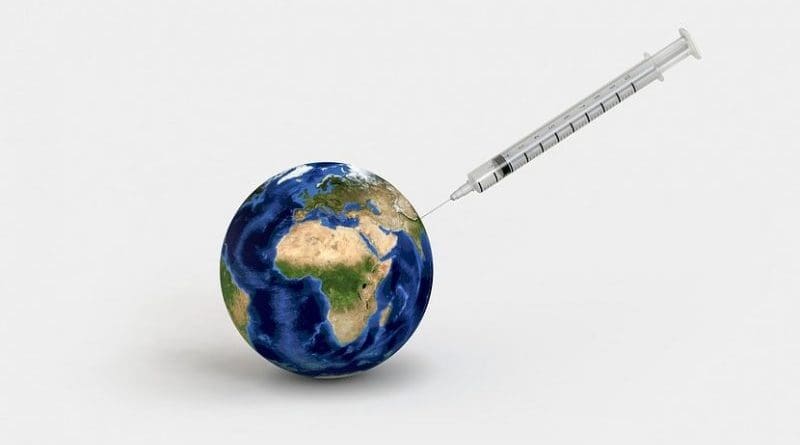Gavi Vaccine Alliance Still Sets ‘Gold Standard’ For PPPs But Faces New Challenges
To many, Gavi, the Vaccine Alliance, represents the gold standard for public-private partnerships. Begun 20 years ago, Gavi took shape in Davos as the Gates Foundation committed to partner with the World Health Organization, companies and governments to bring vaccines to children who lacked access.
Since then, the alliance has reached 760 million children and saved 13 million lives. Today, it serves as a model for how the private sector, civil society and governments can collaborate to solve problems that no single entity can solve alone.
However, much remains to be done. For example, in the Democratic Republic of Congo, vaccination rates for children are currently around 35%. “I’d like to double that and see the figure rise to 70%,” said President Felix Tshisekedi. He committed to holding provincial governors responsible for helping reach these goals and noted that the high cost of vaccines remains a problem.
Gavi’s model requires countries to co-finance the treatments, and the organization builds capacity for governments to become self-sustaining in the long-term management of costs.
Companies find that pricing vaccines requires a delicate balance between providing maximum access and planning for the long term. “It does require long-term planning to maintain the ecosystem,” said Paul Hudson, Chief Executive Officer of Sanofi. Hudson noted that creating and validating a new manufacturing facility requires at least six years and large upfront investments. Ensuring that multiple suppliers remain in the market means that companies must have the capacity to make such investments.
Today, Gavi faces a new set of challenges to reach the remaining 10%-20% of children because these children typically live in the poorest, most remote or most vulnerable circumstances. “This is where technologies of the Fourth Industrial Revolution can help,” said Christopher J. Elias, President, Global Development Programme, Bill & Melinda Gates Foundation. Whereas traditional Gavi partnerships have focused on companies, donors and governments, the alliance is broadening its partnerships to include technology companies, such as drone-makers, logistics companies and others.
Drones are now delivering blood to clinics in Rwanda, and Gavi is seeking to partner with drone and information technology companies. It is also partnering with companies to devise solar refrigeration systems that can keep vaccines cold over long distances and remote terrain.
Gavi is not just about vaccines, said Seth F. Berkley, Chief Executive Officer of Gavi. “We’re about health systems and supply chains and refrigeration and data systems and identity.” Berkley noted that for a country to vaccinate children successfully, it must create a larger infrastructure for providing primary care, such as having health workers, information-monitoring and logistics management.
Gavi’s successes offer useful lessons for development. “We’ve recognized that none of the Sustainable Development Goals can be attained without partnerships,” said Ngozi Okonjo-Iweala, Chair of Gavi. The Gavi model could provide a template for reaching other Sustainable Development Goals. Okonjo-Iweala noted that, just as Gavi created an international finance facility for vaccinations, partners are now working to create an international finance facility for education.

